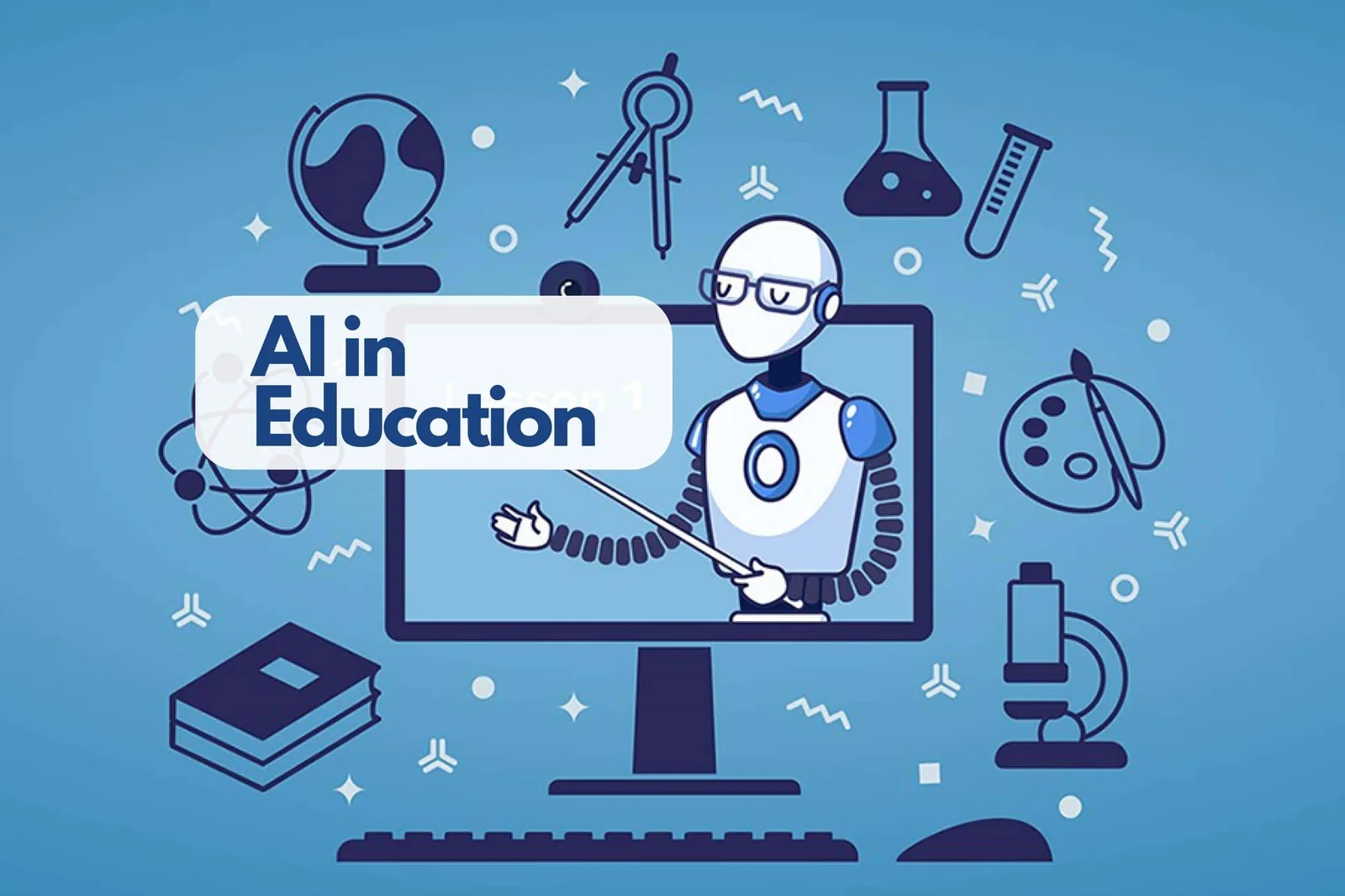✍Equity in Education: Challenges and Opportunities in Low-Income Communities✍
✍Equity in Education: Challenges and Opportunities in Low-Income Communities✍
Education is often hailed as the great equalizer, but for students in low-income communities, achieving equity remains an uphill battle. Limited resources, systemic barriers, and socio-economic disparities continue to widen the gap between the privileged and the underserved.
Yet, amidst these challenges lie opportunities to rethink, innovate, and build systems that provide every child with the chance to thrive. Let’s dive into the critical issues and promising solutions shaping the future of equitable education.
✍What Does Equity in Education Mean?✍
Equity in education goes beyond equality. It’s not just about providing the same resources to every student but ensuring that each learner gets the specific support they need to succeed.
For students in low-income communities, this often means addressing:
- Access to basic educational materials.
- Adequate school infrastructure.
- Qualified and motivated teachers.
- Opportunities for extracurricular and skill-building activities.
💡 Quick Thought: Have you seen examples of schools or programs going the extra mile to support disadvantaged students? Share your thoughts in the comments!
✍Key Challenges in Low-Income Communities✍
Underfunded Schools
Schools in low-income areas often rely on limited public funding, leading to outdated textbooks, insufficient technology, and overcrowded classrooms.Lack of Qualified Teachers
Teacher shortages, coupled with high turnover rates, leave many schools with less experienced educators, impacting the quality of instruction.Digital Divide
The COVID-19 pandemic highlighted the stark digital divide. Students without internet access or devices were left behind as learning shifted online.External Socio-Economic Pressures
Hunger, poor healthcare, and unstable housing create barriers to learning, making it hard for students to focus and perform academically.Cultural and Language Barriers
In diverse communities, students from non-dominant cultural or linguistic backgrounds often face additional hurdles in understanding and participating fully in the classroom.
✍Opportunities for Change✍
Community-Led Initiatives
Grassroots organizations are creating after-school programs, mentorship opportunities, and scholarships tailored to local needs. These initiatives not only improve academic outcomes but also build a sense of community.Technology as an Equalizer
EdTech solutions are stepping in to bridge the gap, offering free or low-cost educational tools, virtual classrooms, and access to global learning resources.
Example: Nonprofits like Khan Academy provide free, high-quality content accessible to anyone with an internet connection.Innovative Funding Models
Public-private partnerships and targeted government grants can channel resources to underserved schools. Models like “weighted student funding” allocate more resources to students who need them most.Teacher Training and Support
Programs that recruit, train, and retain teachers in low-income communities, such as Teach For All, are showing promising results.Policy Advocacy
Advocating for policies that address systemic inequities—such as fair school funding and affordable early childhood education—can create long-term change.
✍Success Stories: A Glimpse of Hope✍
- Bridge International Academies: Operating in Africa and Asia, this network of low-cost schools uses technology and data to deliver quality education in under-resourced areas.
- School Meal Programs: In many countries, providing free meals has significantly improved attendance and performance, proving the importance of addressing students’ basic needs.
✍A Call to Action✍
Equity in education is not just an ideal—it’s a necessity for building a fair and inclusive society. While the challenges are immense, the opportunities for transformation are equally compelling.
Join the Conversation!
- What do you think are the most significant barriers to equity in education?
- Have you seen or experienced a program that made a difference in low-income communities?
Let’s share ideas, inspire action, and work towards a future where every child has the chance to succeed. Drop your thoughts in the comments!







.jpg)


.png)
Comments
Post a Comment